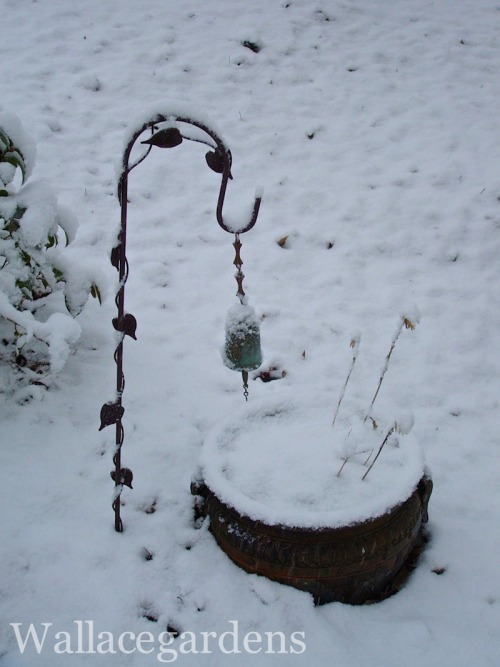#garden tips
Folklore Friday:
Plant your vines (beans, cucumbers, etc.) when the horns of the moon are turned up, so that they may grow vigorously. If planted when the horns of the moon are turned down, they will remain low and stunted.
*Bonus:
The same is said for fences- if you want them to remain, build while the horns are up. Fences built while the horns of the moon are directed down are said to sink until the bottom rail touches the ground.
Eco-Friendly Pest Removals Ideas [Visual]
→http://ecogreenlove.com/?p=15511When you find pests in your home or backyard, it can be tempting to call your local pest control company. However harsh pesticides can often do more harm than good. To help homeowners use effective yet eco-friendly pest removal, here is an in-depth guide on how to get rid of pests safely.
by @hippo_insurance
#ecofriendly #pestcontrol #gardening #pestfree
#garden #companionplanting #gardeningtips #gardentips #petsafe #naturalpesticide #pesticide
Post link
Jan. 3, 2014. Yesterday, a few folks were questioning, or were curious about, the necessity of watering container gardens, and the urgency with which I was addressing the task. (I garden in Georgia, Zone 7B.) On January 3, 2014, Able Assistant and I hand-watered 83 out of the 92 weekly container gardens I maintain, by accessing clients’ laundry rooms, kitchen and bar sinks, and even bath tubs (the outside spigots were all frozen solid) in preparation for next week’s temperatures which are predicted to drop to 5 degrees on Monday, and 15 degrees on Tuesday.
So, let’s talk about Advective Freezes. An “advective freeze” is also known as a wind borne freeze, and it occurs when a large air mass sweeps into an area (most often from northern regions), accompanied by a drastic drop in temperature. The warmer air is rapidly replaced by frigid air, usually within hours. Advective freezes tend to last longer than other freezes, making it all the more important to protect plant materials, especially container-grown plants or newly-installed landscape materials. Survivability of plant materials will be dictated by how cold it gets, and how long the freeze lasts. Sadly, even by following the steps below, there is no real guarantee against plant death under these conditions.
What can you do? Here are some suggestions.
(1) Watering is a method of freeze protection, and should be done several hours before a freeze. The roots absorb the water, and help protect plants from cold winds and prolonged freezes. Container-grown plants are exposed to winter elements over all surface areas, making them more susceptible to damage than landscape materials. Start filling up watering cans and get those planters watered (as well as newly installed landscape materials if there hasn’t been any recent rainfall). Because outside spigots are likely to be frozen, this means carting watering cans in and out of the house. It can be done.
(2) You can’t “cover” everything in a landscape, but you can protect prized plant materials or plants that are borderline cold-hardy. I use porous coverings, like flannel fitted sheets, which wrap easily around shrubs, window boxes, and container gardens (burlap is another alternative). If it’s windy, you may need safety pins or clothes pins to keep the sheets in place. Cover the plants before it gets dark to trap some of the remaining daytime air inside the covering. Move planters and containers closer to the house, against a wall, or group them together in a protected area, and then cover with a flannel sheet for the night.
(3) Normally, winter is a great time to prune ornamental trees. However, all winter pruning should be delayed until several days after an advective freeze has passed, and a return to normal temperatures has resumed.
(4) If you have access to bales of pine straw, the needles can be strewn around the base (root systems) of susceptible plant materials which are prone to such freeze conditions (hydrangeas, for example, are known to freeze to the ground in severe weather).
Good luck, and stay warm out there!
Post link

![Eco-Friendly Pest Removals Ideas [Visual]→ http://ecogreenlove.com/?p=15511When you find pests in yo Eco-Friendly Pest Removals Ideas [Visual]→ http://ecogreenlove.com/?p=15511When you find pests in yo](https://64.media.tumblr.com/b1e824730d0a94a745f316bc3d9c3a12/be9470bb9066595a-30/s500x750/dd79d8f15e4f8056f960b893d169a8730cb5c1ea.png)
